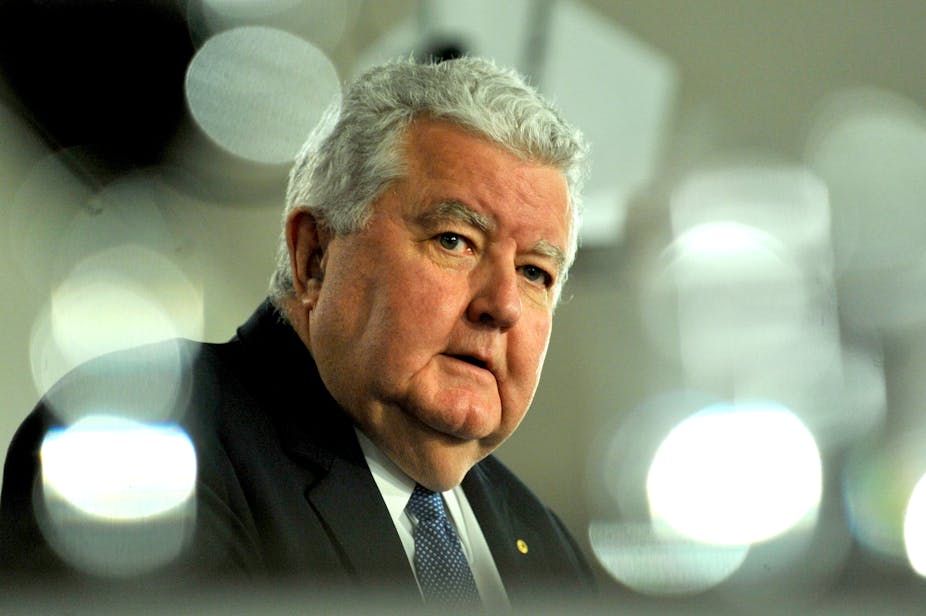Chief Scientist Ian Chubb has launched new guidelines for Australian research investment.
The National Research Investment Plan, released yesterday, sets out a whole-of-government approach to the way research is funded and carried out in Australia.
The strategy is designed to replace one-off policy decisions from the government regarding the research sector, and provide guidance on investment from 2013-16.
Professor Chubb said it would help prioritise which research was most important for the nation.
“We don’t have enough money to do everything,” he said.
“If as a consequence we have to recut our cloth, we have to do it after careful consideration and not just respond to whatever is the flavour of that moment.”
He said the most pressing concerns for Australian researchers were responding to a changing planet and the challenges of the Asian Century.
“If we’re going to be looking after ourselves as well as making a contribution to the future of humanity, we need to be in there right now seeking solutions to some of these challenges.”
The plan identifies 11 “actions” that need to be implemented to improve investment in research. These include making careers in research more attractive and easier to pursue.
“The option of a research career that was viable for people of my generation is much harder to get for people of this generation,” he said.
“Our education system prepares people for research careers but it prepares many more people than we have careers for as they graduate. So a lot of them have to do multiple post doctoral fellowships before they have a chance of securing a more permanent position.”
“The teaching and research career that was there for people of my generation is much harder to get for people of this generation.
"We have to make sure we don’t waste talent in this country. It is too precious to lose”
The plan also tackles Australia’s unwieldy grant process, pledging to make applications more efficient and freeing up more time for conducting research.
Nobel prize-winning physicist Brian Schmidt recently criticised the current process, saying scientists had to spend 30-50% of their time applying for or reviewing grant applications instead of doing world-class research. His concerns have received strong support from Shadow Minister for Finance Andrew Robb.
Professor Chubb said such criticisms were well-founded.
“Brian is correct in his assumptions, what he said was accurate, and it’s good that he said it, but it’s not new.”
“It’s an issue that’s been growing with time, rather than suddenly appearing, but it is certainly time to do something about it.”
“There ought to be a simpler way of supporting our best people for longer, leaving more of the system focusing attention on young and emerging researchers.”
“They need support to begin a career that is not so dependent on a supervisor getting a research grant every three years or so,” he said.
The plan will quell consternation among the higher education sector about the end of the $542 million National Collaborative Research Infrastructure Strategy (NCRIS), which ran out of funding earlier this year.
Australia’s peak body for higher education, Universities Australia, has welcomed the new plan, but warned it needs proper funding, or the jobs required won’t exist.
“The strategy is likely to be strongly supported, as it is a good strategy, but the obvious question is: how will it be funded?” CEO Belinda Robinson said.
“The absence of a replacement program for NCRIS is of great concern and has the potential to leave hundreds of millions of dollars’ worth of research facilities stranded, hundreds of our best and brightest researchers without jobs and the abandonment of very substantial investments in world-class research facilities, networks and infrastructure.”
“Like all good investments, generating the best returns means careful planning and stable management, including funding for the indirect costs of research.”
More detail, including specific research priorities and objectives, will be released in April next year.

